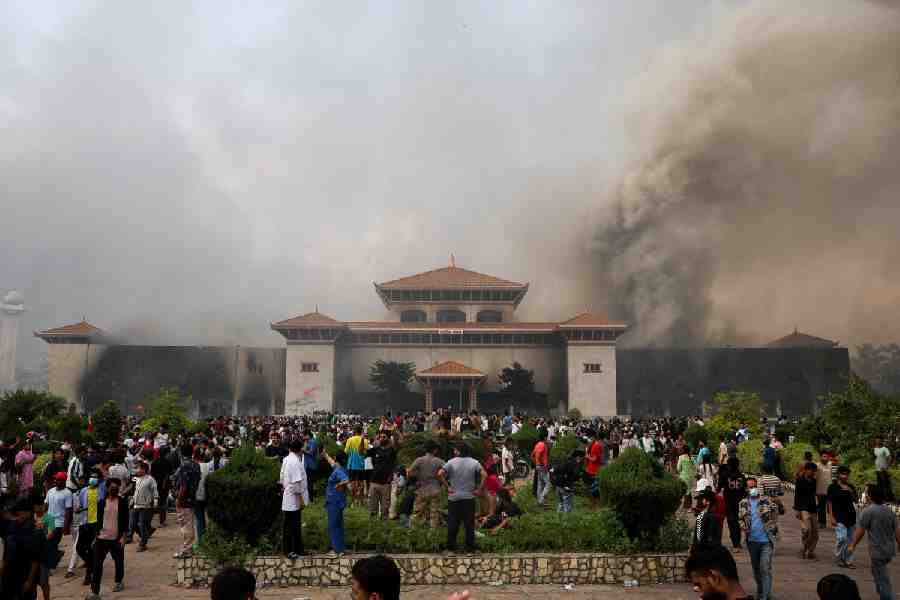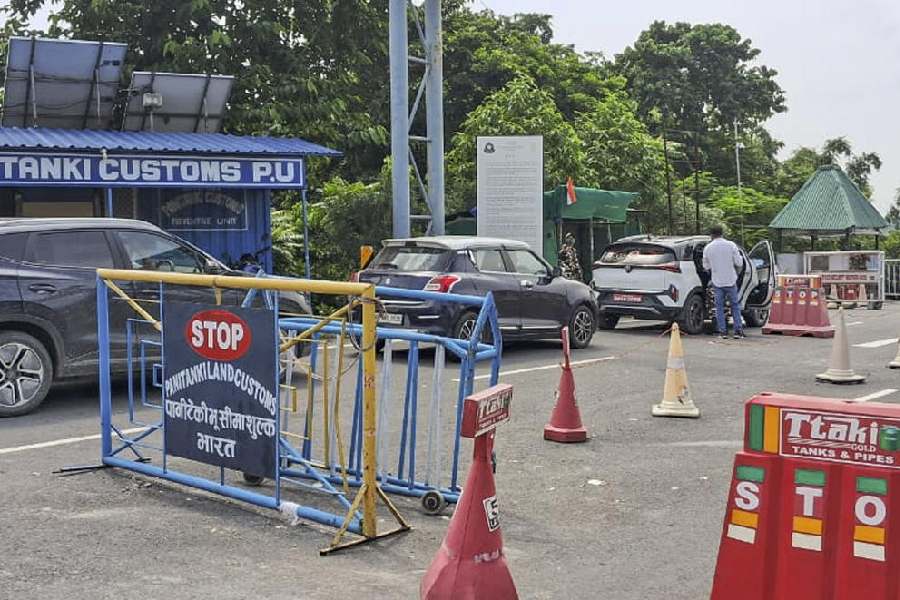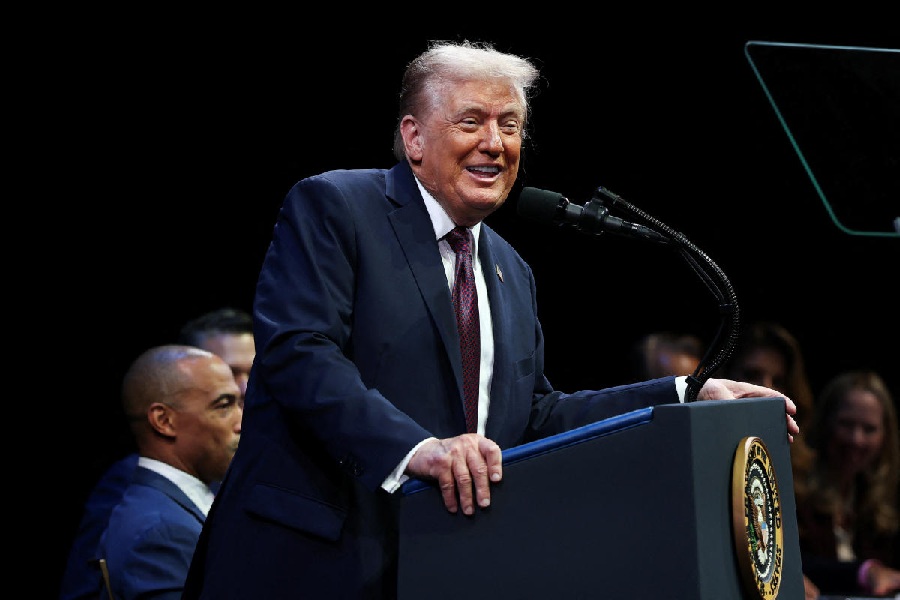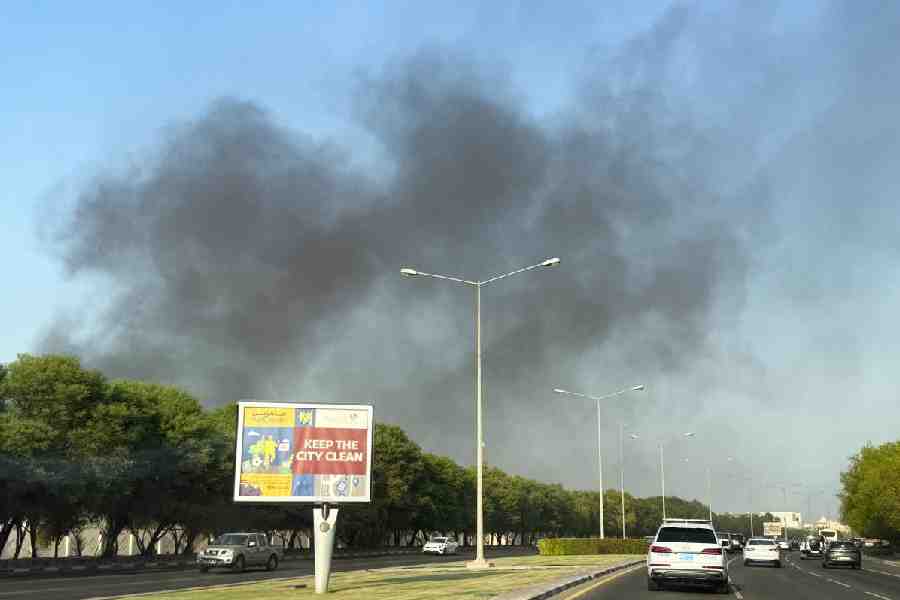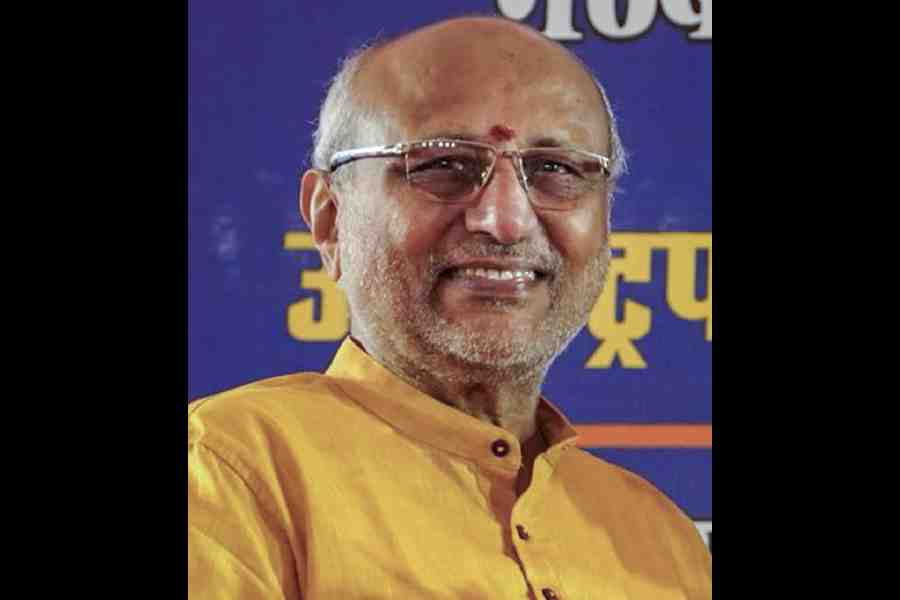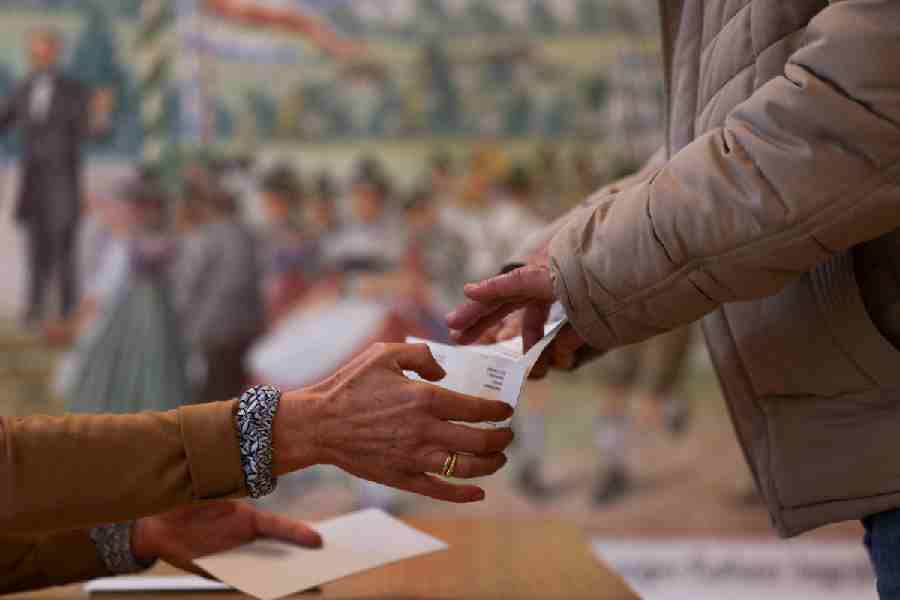 |
| Che Guevara |
Sao Paulo (Brazil), May 24 (Reuters): In 1952, two students left their native Argentina to ride through Latin America on a rickety Norton 500 motorcycle.
One of them would go on to become a leader of the Cuban revolution.
And since his death in Bolivia in 1967, Ernesto “Che” Guevara has become an enduring icon for generations of rebellious youths, his beret-wearing image emblazoned on countless posters and T-shirts all over the world.
A new film by Brazilian director Walter Salles tells the story of that formative road trip that opened a 23-year-old Che’s eyes to the poverty and injustice rampant in Latin America and inspired his commitment to revolution.
Called The Motorcycle Diaries, it is based on the journal kept by Che and his travelling companion Alberto Granado. The diary is available as a paperback in English.
Salles, whose previous work includes Central Station and Behind the Sun, said he wanted to show a tender side to the man often viewed as a ruthless guerrilla fighter. “I didn’t want to show Ernesto with that beret. This is not to sell T-shirts,” Salles said in an interview in Sao Paulo before the movie’s release in Brazil. “I did the movie to get people close to this guy, for them to read the things that he wrote.”
Mexican actor Gael Garcia Bernal, who shot to fame with Amores Perros, plays Che. Granado, who is still alive aged 82 and lives in Cuba, is played by Argentine Rodrigo de la Serna — a second cousin of Che’s.
“This is about Ernesto, before he became Che,” Bernal said. “There were many responsibilities in interpreting him.”
The story begins as an adventure but finishes rather sadly. During their eight-month trip through Chile, Peru, Colombia and Venezuela, they see such splendours as the Inca ruins of Machu Picchu in Peru but also the harsh conditions which many people lived in.
 |
| Actors Mia Maestro and Gael Garcia Bernal, who plays Che Guevara, at Cannes. (AFP) |
They reach a leper colony deep in the Peruvian Amazon. Che, a medical student, and Alberto, who studied biochemistry, stay there for three weeks working with the community.
Che is portrayed as a lively but intense character. He tries to be honest with his girlfriend he left behind in Argentina, while Alberto is always looking forward to a new fling.
At the end of the trip, long after the motorcycle failed and the pair continued on their way as hitchhikers, the two friends go their separate ways. The Cuban Revolution would come seven years later and they would see each other again only a year after Fidel Castro took power.
Che met Fidel Castro in Mexico in 1955 when Castro was in exile there, and started military training with the Cubans. He landed in Cuba in 1956 with Castro and a small invasion force and was one of 12 rebels who survived a disastrous initial battle to start an insurgency in the Sierra Maestra mountains.
As the war entered its final stages, he led a guerrilla column that captured the key town of Santa Clara days before the final collapse of the Batista regime on New Year’s Eve, 1958.
The movie was shown at Robert Redford’s Sundance Festival in the US in January and will go on broader US release later this year. It was shown at the Cannes Film Festival this month.
Just as the journey helped Che learn about his continent, so did the film for both Salles and Bernal. “We always look to Europe and US, but never to our neighbours. Now I understand emotionally what it is to be a Latin American,” Salles said.
Bernal said: “I confronted my preconceptions. I thought I already knew a bit about Latin America but I see now that I knew nothing.”


